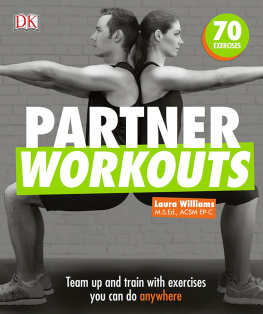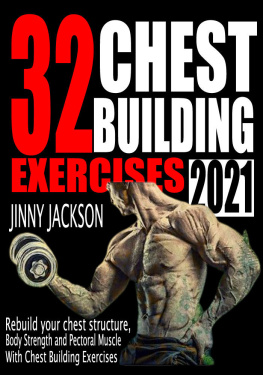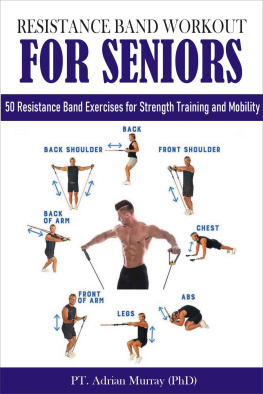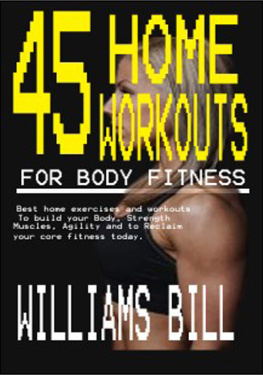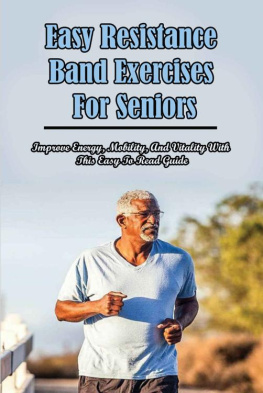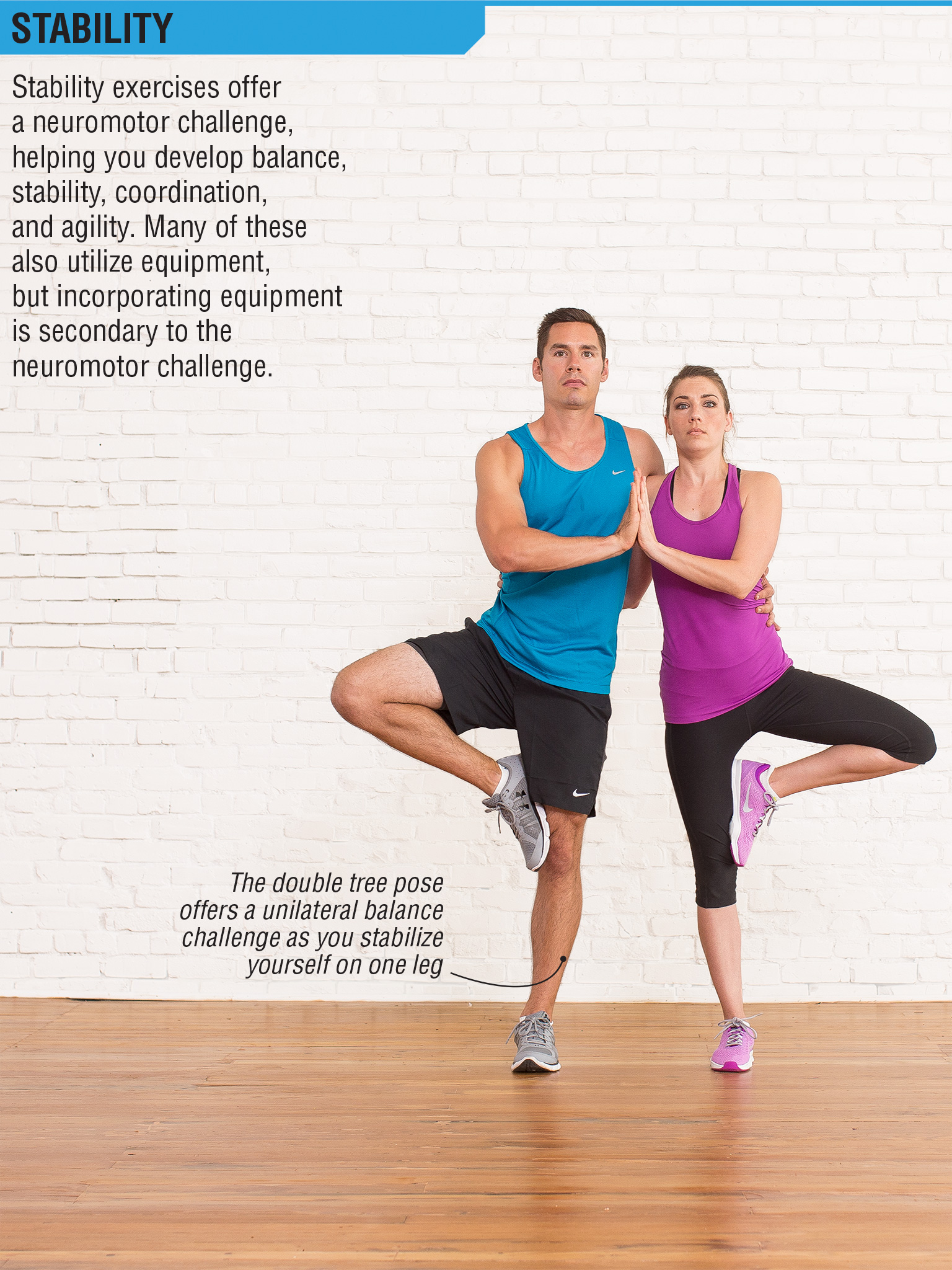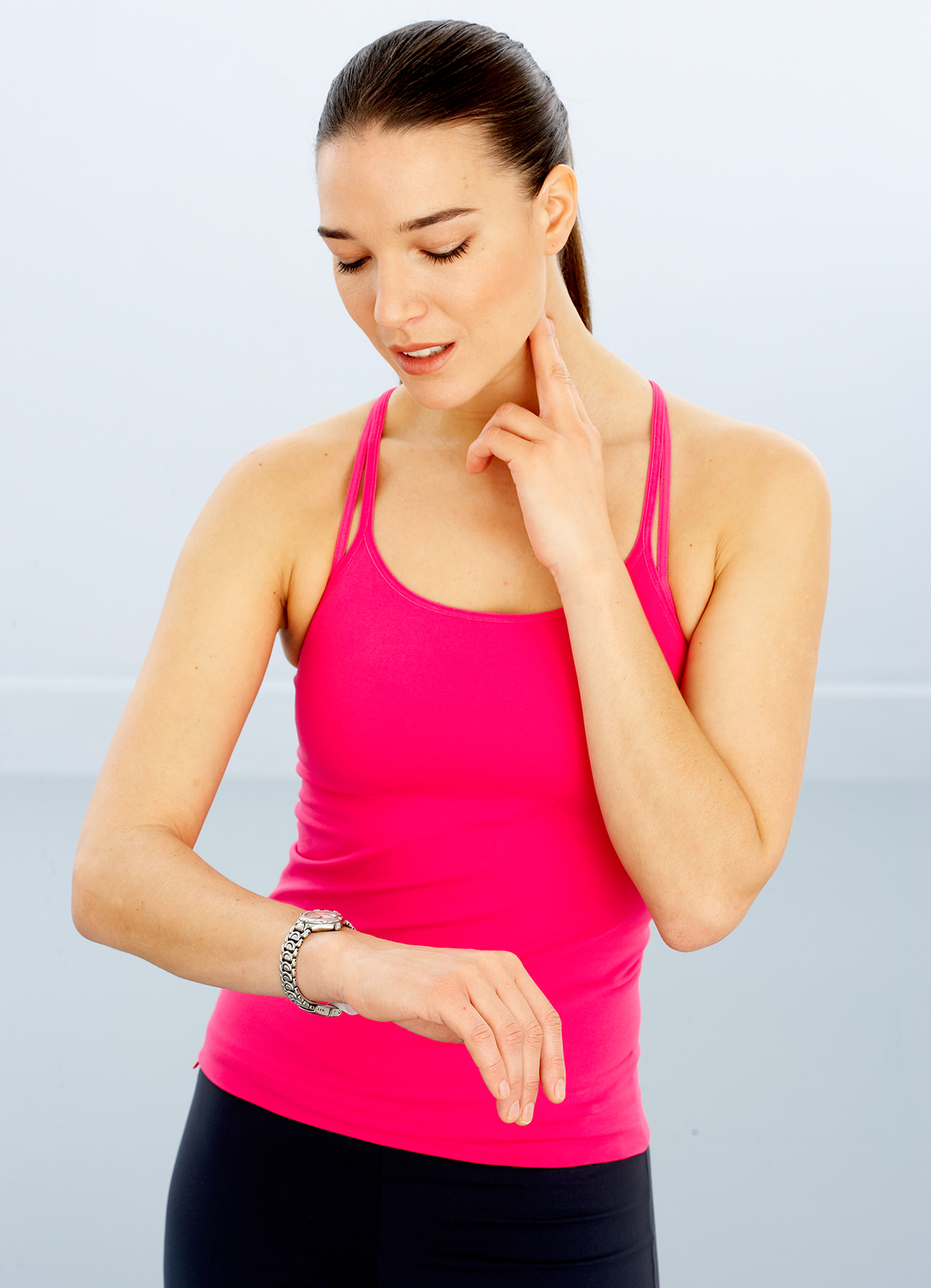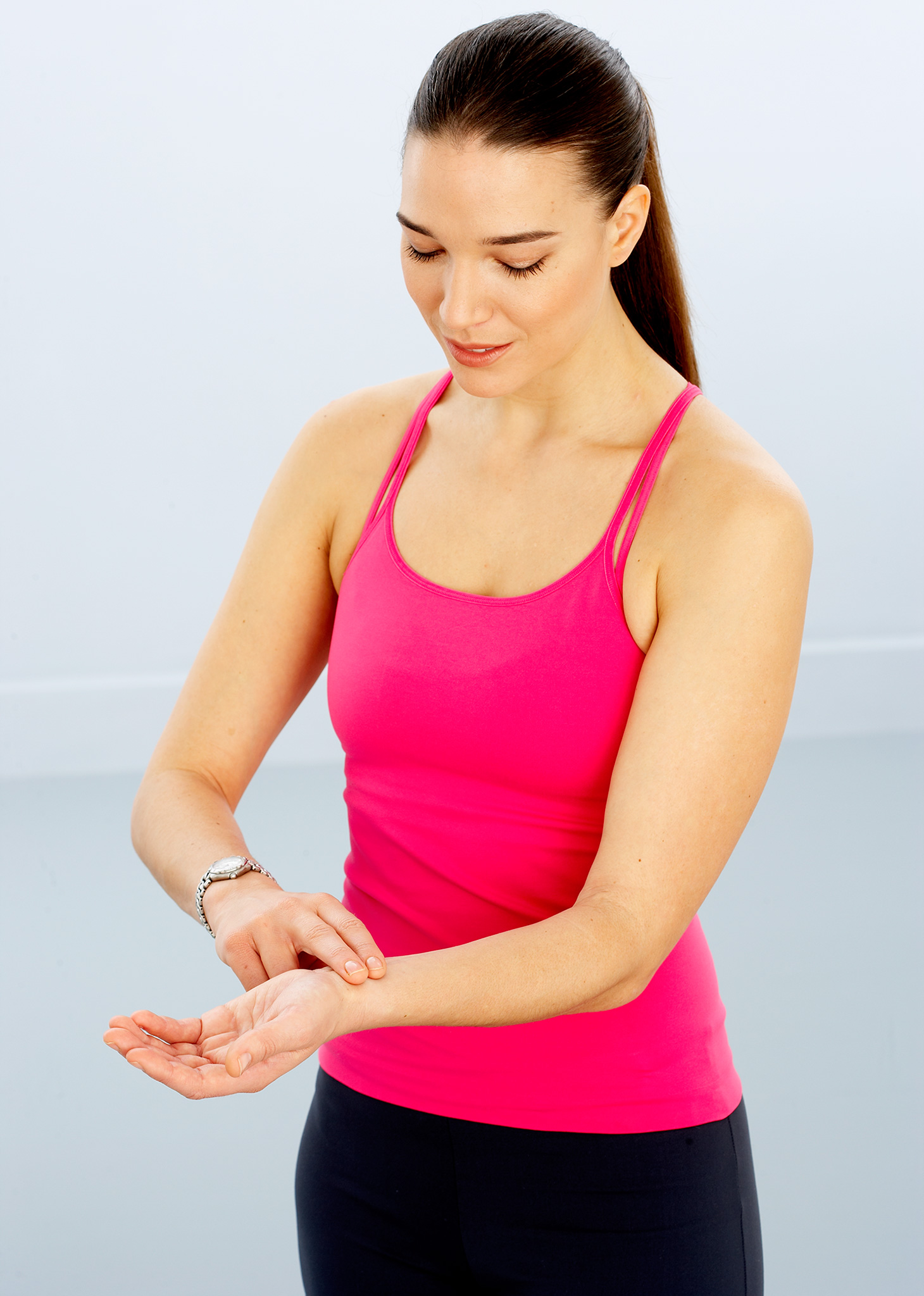Contents
Guide
Contents
introduction
Partner workouts give you a chance to enhance and strengthen your exercise routines. Theyre more fun than exercising solo, and they offer a level of accountability: Youre more likely to show up, get your sweat on, and see results when youve got a friend counting on youand encouraging you. But the benefits dont stop there.
why work out with a partner
fun
Doing a million squats alone? Boring. Doing a million squats with a friend? An opportunity for laughter, bonding, and support. A workout buddy makes exercising feel more fun and easiereven when its not.
Performance
A 2012 study by researchers at Michigan State University found that people exercising with a partner worked out twice as long as those exercising alonebecause they didnt want to be the first to stop.
Confidence
If youre ever unsure about how to properly perform an exercise, a workout partner can help reduce uncertainty and boost confidence as you become more aware of your own weaknesses.
Motivation
Ongoing social support is one of the most effective means for starting and maintaining a fitness program. When youve got a friend encouraging you to work harder, youre more likely to actually work harder.
Safety
With a friend by your side, youll always have someone there to help with balance, correct your form, and wave off shady characters, particularly if you typically exercise outside or in isolated locations.
Exercise Organization
Exercises in this ebook are categorized by three typesseparated into chapters: resistance, assisted pairings, and stability. Some exercises fit more than one category. For example, an exercise using a BOSU ball might have a stability aspect but appears in the resistance or assisted pairings chapter because the primary intent of that exercise falls into one of these categories.
Along with the exercises being classified into specific categories, theyre also separated into levels of difficulty. While these levels are a good indicator of a particular exercises challenge, dont overlook exercises simply because they fall into a level outside your comfort zone. Many exercises include alternative versions that offer an easier or harder variation.
assess your level
If you dont know where youre starting, how will you know what youve achieved? Aside from helping you track your improvement over weeks or months, an initial fitness assessment can help you achieve your goals. After taking these tests, youll know which level to start at in this ebook.
Write down your results so you can refer to them later. Retest your general fitness at periodic intervals to track your changes over time.
fitness Tests
This simple personal fitness assessment enables you to determine your starting level for this ebook.
Test 1
3-Minute Step Test
Purpose Gauges your cardiovascular fitness based on your hearts ability to recover after exertion, as measured by your heart rate
Equipment 12-inch (31cm) step or bench, timer with a second hand, and metronome (or find a free metronome app)
Set the metronome to 96 beats per minute (bpm).
Stand with the step or bench in front of you. Step up one foot after the other, then down one foot after the next, moving in sync with the metronome, for 3 minutes. Alternate your lead foot each time you step up.
Sit down to count your heart rate for 1 minute using your carotid pulse (at your neck). Turn the page and refer to the chart for your age group to convert your heart rate to points.
Test 2
1-Minute pushup Test
Purpose Assesses your upper-body muscular strength and endurance, as measured by how many reps you can perform
Equipment Timer
Men should assume a standard pushup position, supported by their hands and feet. Women should assume a modified pushup position, supported by their hands and knees.
Have your partner monitor your time, counting as you perform as many full pushups as possible in 1 minute. You should lower yourself to within 3 inches (7.5cm) of the floor before fully straightening your arms.
Turn the page and refer to the chart for your age group to convert the number of reps you performed into points.
Test 3
1-Minute squat Test
Purpose Gauges your lower-body muscular strength and endurance, as measured by how many reps you can perform
Equipment Timer, sturdy chair
Stand in front of the chair.
Have your partner monitor your time, counting as you perform as many squats as possible in 1 minute. When you squat down, lightly touch your glutes to the chair (but dont sit all the way down) before returning to standing.
Turn the page and refer to the chart for your age group to convert the number of reps you performed into points.
Test 4
1-Minute situp Test
Purpose Assesses your abdominal and core muscular strength and endurance, as measured by how many reps you can perform
Equipment Timer
Lie on the floor, with your knees bent and your feet flat. Rest your hands lightly on your upper thighs.
Have your partner monitor your time, counting as you perform as many situps as possible in 1 minute. Use your abdominals to roll your torso to sitting as your hands slide up your thighs to your knees.
Turn the page and refer to the chart for your age group to convert the number of reps you performed into points.
Why Not Factor in Weight and BMI?
Weight and BMI (body mass index) dont actually convey much information about internal health. Its possible to have a low BMI or weight while still having an unhealthy body composition. Likewise, its possible to have a high BMI or weight while having a healthy body composition.
If weight loss is an important goal, you can monitor it in relation to measurements that provide more information about internal health, like tape measurements that track changes in body size at specific sites, particularly the belly (which is associated with heart disease), or body fat testing (which conveys more information about fat mass and lean mass), which is associated with overall health.
How you look and feelare you energized and are you free of injury or illness?are also good indicators of your overall health and wellness. If you feel the need to track your BMI or weight, dont lose sight of your other fitness goals.
How to take your pulse
To take your pulse at your neck, place your index and middle fingers under your jaw on the side of your neck (at your carotid artery).
You can also take your pulse on either wrist by placing your index and middle fingers across your opposite wrist.

